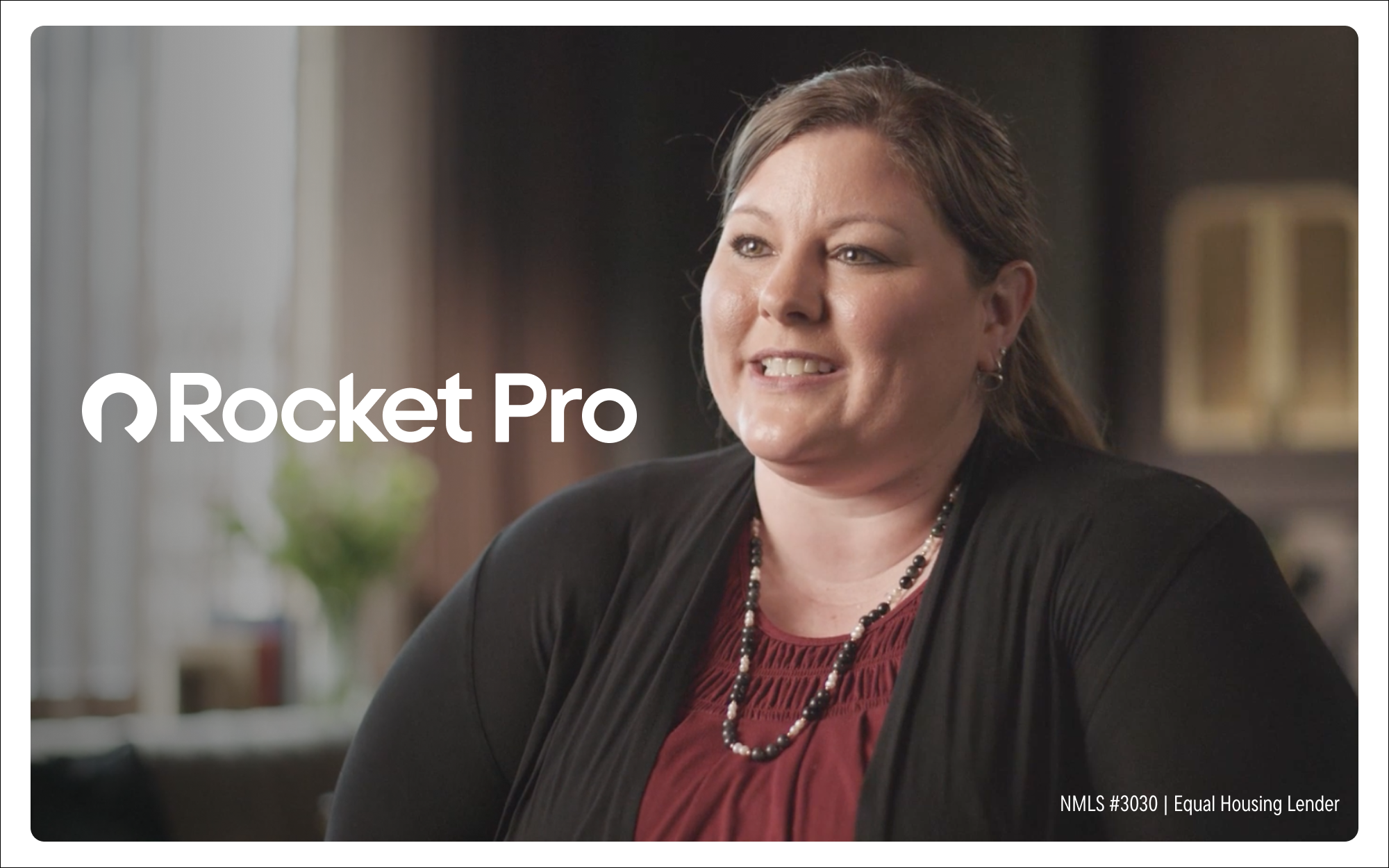In niche lending, your community bank’s fate comes down to expertise and passion for the work.
The pros and cons of niche lending
July 01, 2018 / By Katie Kuehner-Hebert
In niche lending, your community bank’s fate comes down to expertise and passion for the work.
Community banks can make a lot of money by offering niche loans—but if they don’t do it right, they stand to lose a bundle.
Among Boston-based Radius Bank’s specialties is yacht loans. The $1.1 billion-asset bank typically makes loans for boats 50 feet and up, with loan amounts ranging from $750,000 to $10 million. It’s a lending niche serving a particular clientele: wealthy yachters who want to write off the investment on their taxes, says James Velez, Radius Bank’s senior vice president of yacht lending.
“Virtually all of the wealthy clients really don’t need to borrow the money,” Velez says. “Most of the time, they will set up some sort of legal entity to take ownership of the boat and they’ll use that as a tax write-off. Some of them will charter the boat a little bit just to support the tax advantages.”
Yacht loan brokers who have clients across the country come to Radius whenever someone needs a large yacht, because most other lenders have a loan cap. Velez, based in Fort Lauderdale, Fla., leads the bank’s marketing efforts, serving as a liaison to the brokers who are also based in south Florida, though Velez courts prospective borrowers at boat shows and other marine industry events as well. Underwriting, loan origination and other back-office operations for the niche are conducted at Radius’ corporate headquarters in Boston.
This extremely high-end product is actually one of the safest consumer loans banks can make, Velez says. For all boat loans, delinquency rates average 0.5 percent, but delinquency rates for larger yacht loans are even lower, averaging .002 percent. The bank’s interest rates on fixed-rate yacht loans are comparable to those for mortgages: currently about 4.7 percent, with terms up to 20 years.
Quick Stat
.002%
Radius Bank’s delinquency rate for larger yacht loans
“These loans are so profitable because of the quality of the loan portfolio. It’s been squeaky clean since its inception,” Velez says. “They are also marketable instruments. We sell them off in the secondary market to generate fee income, which has worked very well for us.”
However, yacht loans, like any specialized lending niche, must still be priced appropriately for risk, Velez says.
“Sometimes a lender picks up all the tricks and goes to another bank that does copycat lending but doesn’t price the same way based on the risk, and their loans eventually blow up,” he says. “So the first bank needs to make sure they continue to reasonably price the loans according to risk.”
Do your homework
Bankers considering this niche should also study up to ensure they’re financing the right products, as some boats are much more marketable than others, Velez says.
“There’s a lot of low-end boats that are more like a Chevrolet, but they are not going to hold their values like large semi-custom or custom-built boats that are more like a Rolls-Royce,” he says.
Loan programs should be fairly conservative with respect to down payments and terms, Velez adds. In the past, many banks offered stated income loans that did not require written verifications of income, with just a 10 percent or even a zero percent down payment. When the resulting loan losses became too great, those banks had to exit the business.
“If you get into it and do it right, it can be a great business,” Velez says. “But if you get too aggressive, it can sting you.”
Paul Schaus, president and CEO of CCG Catalyst Consulting Group in Phoenix, Ariz., says niche lending can help a community bank differentiate itself. He says it should first identify an optimal client base with a segmentation strategy, and determine which products and services it would need. This will allow it to craft a lending program that will position the bank as the foremost lender for that niche, both in products and in expertise to support a differentiation strategy.
“Whatever lending you do should complement other services. I’m against one-off lending,” Schaus says. “Say you’re a bank that focuses on nonprofits. In addition to loans, you should offer deposit products and services that support them. You want the whole relationship.”
The $14.5 billion-asset South State Bank, headquartered in Columbia, S.C., fosters relationships by offering a host of niche loan products, says John Bowers, dealer relationship manager. He oversees two of the niches: marine loans for amounts up to $250,000 and loans for manufactured housing. The bank also offers RV loans, motorcycle loans and personal watercraft loans.
“Manufactured housing lending is good business for us,” Bowers says. “In resort areas, many people have manufactured homes as vacation homes, and as a result, we are able to reach customers other banks can’t. These loans are a relationship builder with customers who might not already be familiar with South State.”
South State’s lending programs allow it to serve customers far beyond the bank’s branch footprint of the Carolinas, Georgia and Virginia, Bowers says.
“We often hear customers say, ‘When will you open a bank here?’ as a result of the service they’ve received obtaining one of these niche loans.”
—John Bowers, South State Bank
“We often hear customers say, ‘When will you open a bank here?’ as a result of the service they’ve received obtaining one of these niche loans,” he says. “In many cases, we start a relationship with a customer because of one of these loans, and then they open other accounts or other loans with us.”
The lending programs also perform well thanks to expert underwriting and sales teams who ensure the loans are a good fit for the consumer and for the bank, Bowers says.
“For other banks considering niche loans, the lesson learned is that they can be good relationship builders,” he says. “My team has decades of experience in these products, both on the sales side and on the underwriting side. It makes all the difference.”
Think like an entrepreneur
Steve Williams, founder and partner of Cornerstone Advisors in Scottsdale, Ariz., says that bankers considering niche lending need to recognize that such programs typically are more “entrepreneurial.” As such, the entrepreneurial expert leading the niche business for the bank should be subject to due diligence because they are the linchpin of the strategy. Bankers should determine the expert’s knowledge on acquiring the niche assets, and whether the person understands the risks, the specific characteristics of the underlying collateral, and how to best manage the bank’s returns for the business line, Williams says.
“Since these folks are entrepreneurial partners, banks—with FDIC deposit insurance and state regulators—can’t take a laissez-faire approach,” he says. “You don’t want to kill the entrepreneur’s business with the bank’s bureaucracy, but you also don’t want the entrepreneur running wild. You need to find the right balance, and using the risk-adjusted return on capital approach is the right way to do it.”
Such an approach includes having an independent credit administration on the credit. “It’s a trust-but-verify kind of world with niche lending,” Williams says.
Banks must also offer incentives to keep the entrepreneur as a client.
“You don’t want them to make a bunch of loans and then leave because they think you’re too bureaucratic, only to have your loans blow up while they pursue a new partnership with the bank next door,” he says.
Case study: Bank of Montana
How does a bank with one branch and $86 million in assets become one of the best-performing banks in the country? By having some stellar niche lending programs, including “government-enhanced loans,” says Thomas R. Swenson, president and CEO of Bank of Montana in Missoula.
This niche product is for companies that want to build or expand their headquarters or manufacturing facilities. The loans are typically part of a larger financing package that includes tax credits, equity from pension funds and other types of financing, Swenson says. Bank of Montana often organizes consortia of community banks as participants to fund the senior debt portion of these projects and serves as a facilitator of the entire package.
“We’re the lead bank in the participation,” Swenson says. “Larger banks come to us because we have the expertise to put together capital stacks, and because the deals typically have a long gestation period of up to three years. We’re known across the country for being able to handle such deals.”
Swenson, a former economic development corporation executive, formed an investment banking company in 1998. In 2007, the firm added a bank charter to better deliver financial products.
Bank of Montana’s share in the loan participations is typically small due to its asset size, but the bank also charges advisory fees, which bring in a significant amount of revenue. It’s such a profitable niche that in 2017, the tiny bank was the 11th-highest-performing bank out of all U.S. banks, with a 47 percent return on equity, according to usbanklocations.com.
Bank of Montana offers additional niche loans, including affordable housing lending on a national platform, and aircraft lending to companies that need a fleet for industrial use or for individuals who want a personal aircraft. Swenson and his team particularly love that niche, as several of them own aircraft themselves.
Swenson says he has talked with many community bank CEOs who have bolted on lending to specialty groups but never turned a profit in their endeavors. In his experience, a community bank should “grow its own specialty departments based on passions, experience and aptitude.”
Subscribe now
Sign up for the Independent Banker newsletter to receive twice-monthly emails about new issues and must-read content you might have missed.
Sponsored Content
Featured Webinars
Join ICBA Community
Interested in discussing this and other topics? Network with and learn from your peers with the app designed for community bankers.
Subscribe Today
Sign up for Independent Banker eNews to receive twice-monthly emails that alert you when a new issue drops and highlight must-read content you might have missed.
News Watch Today

Join the Conversation with ICBA Community
ICBA Community is an online platform led by community bankers to foster connections, collaborations, and discussions on industry news, best practices, and regulations, while promoting networking, mentorship, and member feedback to guide future initiatives.












